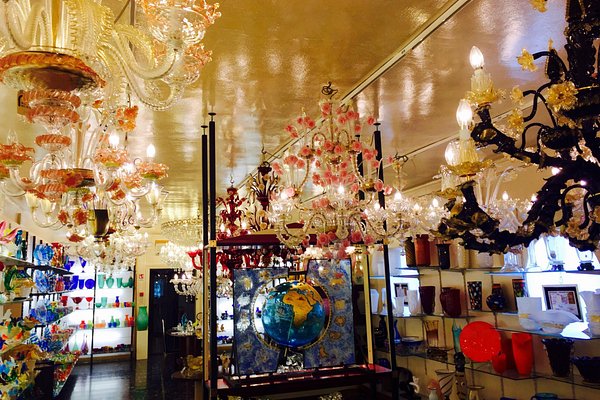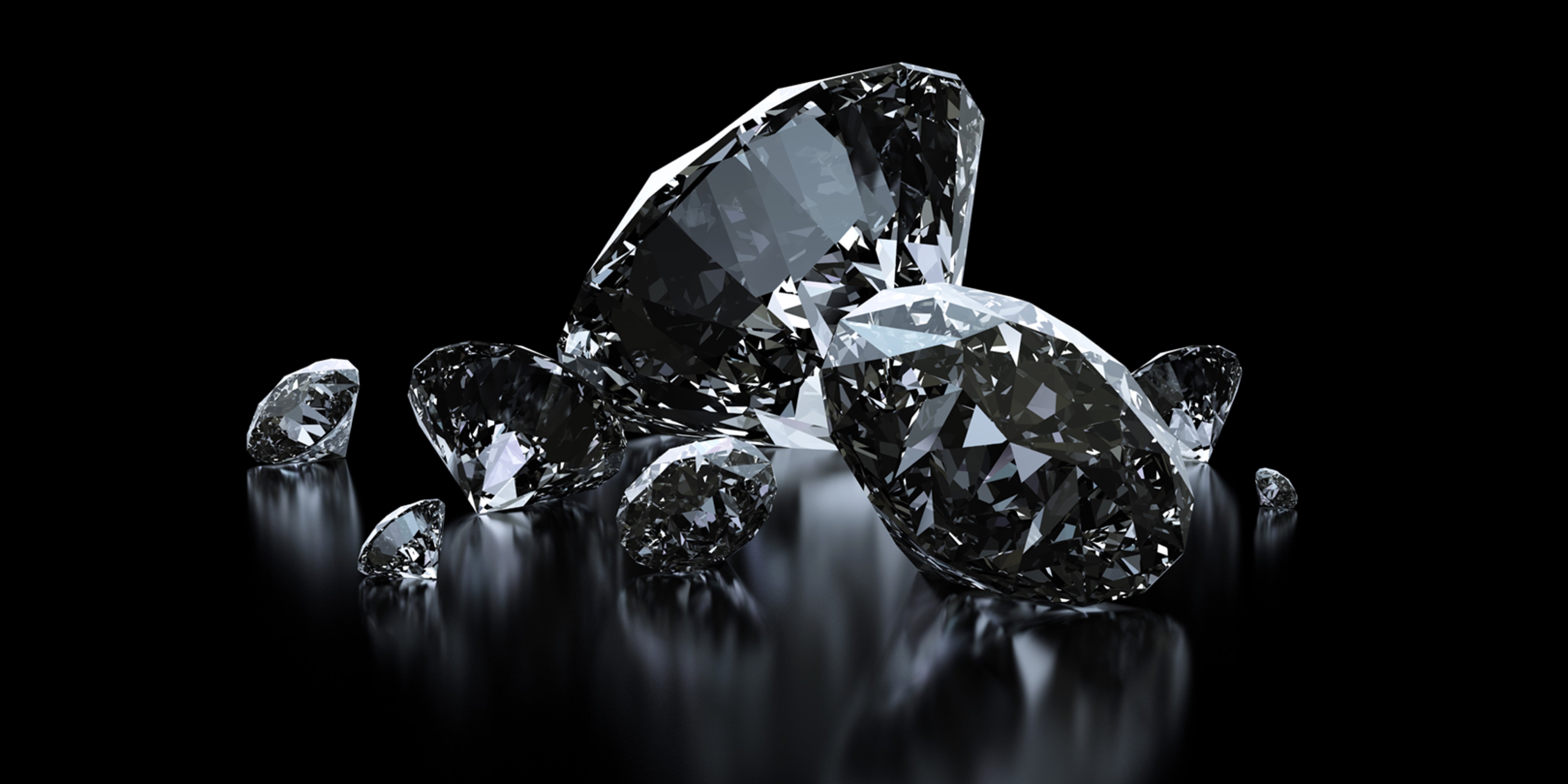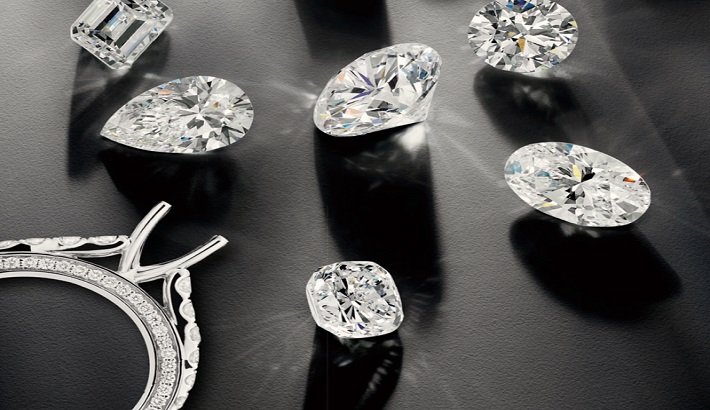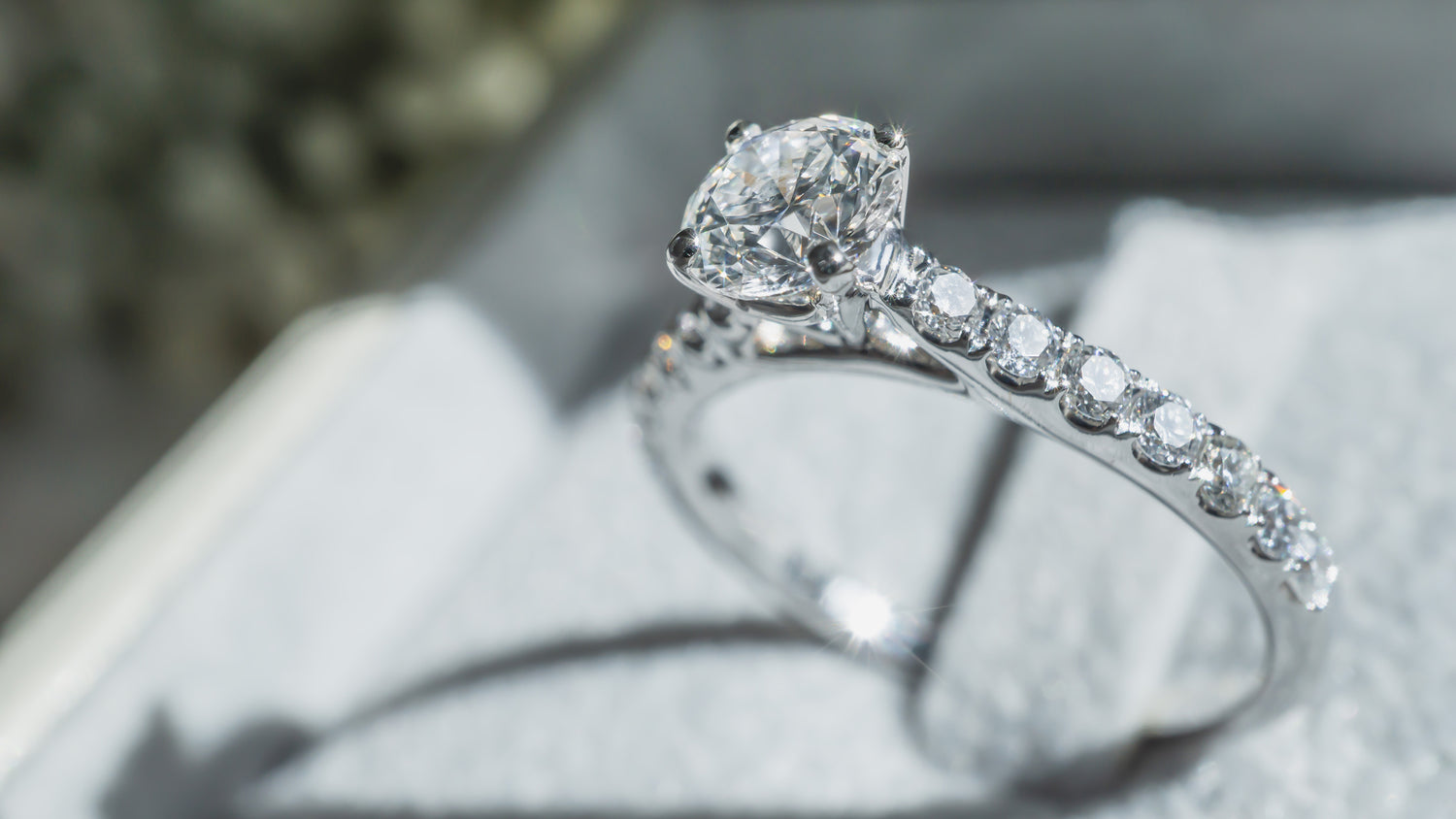In recent years, lab-grown diamonds have captured the imagination of consumers seeking ethical, sustainable, and high-quality alternatives to traditional mined diamonds. Understanding what lab diamonds are and their impact on the jewelry industry is crucial for anyone looking to make an informed purchase decision or simply satisfy their curiosity about this innovative gemstone.
Introduction to Lab Diamonds
What are Lab Diamonds?
Lab diamonds, also known as synthetic or cultured diamonds, are diamonds created in controlled laboratory environments rather than mined from the earth. These diamonds have the same chemical composition, crystal structure, optical and physical properties as natural diamonds, making them virtually indistinguishable to the naked eye.
Definition and Composition
Lab diamonds are primarily composed of carbon atoms arranged in the crystal structure characteristic of diamonds, formed under conditions replicating natural diamond growth processes.
Key Differences from Natural Diamonds
While chemically identical to natural diamonds, 랩다이아몬드란 are grown under controlled conditions, whereas natural diamonds form over millions of years deep within the earth’s mantle.
History and Development
Origins of Lab Diamonds
The concept of creating diamonds in a lab dates back over a century, but significant advancements in technology and techniques have made commercially viable lab diamond production a reality in recent decades.
Early Methods vs. Modern Techniques
Early lab diamond production methods were rudimentary and yielded small, imperfect diamonds. Today, advancements in science and engineering have enabled the production of larger, higher-quality diamonds through sophisticated processes.
Growth in Popularity
The increasing consumer demand for sustainable and ethically sourced products has driven the growth of the lab-grown diamond industry, making these gems a popular choice in the jewelry market.
How Lab Diamonds are Created
Manufacturing Process
Lab diamonds are created using two main methods: High Pressure High Temperature (HPHT) and Chemical Vapor Deposition (CVD).
High Pressure High Temperature (HPHT) Method
In the HPHT method, carbon is subjected to high pressure and temperature conditions akin to those in the earth’s mantle, allowing diamonds to crystallize over time.
Chemical Vapor Deposition (CVD) Method
The CVD method involves introducing carbon-rich gases into a chamber where they are ionized into plasma. The carbon atoms then accumulate on a substrate, gradually forming a diamond crystal.
Environmental and Ethical Considerations
Unlike mined diamonds, which can have significant environmental and ethical implications, lab-grown diamonds are generally considered more sustainable and ethical alternatives.
Quality and Characteristics
Grading and Certification
Lab diamonds undergo the same grading process as natural diamonds, assessing the 4Cs: Cut, Color, Clarity, and Carat weight.
4Cs of Lab Diamonds
Lab diamonds are graded on the same scale as natural diamonds, ensuring consistency and transparency in quality assessment.
Durability and Longevity
Lab diamonds exhibit exceptional hardness and durability, making them suitable for everyday wear and lifelong enjoyment.
Cost Comparison: Lab Diamonds vs. Natural Diamonds
Pricing Factors
Lab-grown diamonds typically cost significantly less than natural diamonds of comparable quality, primarily due to differences in production methods and market perceptions.
Market Trends
The affordability and ethical appeal of lab diamonds have made them increasingly popular among consumers, particularly millennials and environmentally conscious buyers.
Value Retention
While natural diamonds historically retain value well, lab diamonds are also gaining recognition for their long-term investment potential in the jewelry market.
Benefits of Lab Diamonds
Ethical Considerations
Lab diamonds are free from the ethical concerns associated with mined diamonds, such as labor practices and environmental impact.
Environmental Impact
The production of lab-grown diamonds generally has a lower environmental footprint compared to diamond mining, reducing land disturbance and water usage.
Customization and Design Options
Lab diamonds offer flexibility in customization, allowing consumers to create unique jewelry pieces tailored to their preferences.
Misconceptions and Myths
Common Misunderstandings
One prevalent misconception is that lab diamonds are not ‘real’ diamonds, which is untrue given their identical chemical composition to natural diamonds.
Are Lab Diamonds ‘Fake’?
Lab diamonds are genuine diamonds; the term ‘synthetic’ refers to their origin rather than their authenticity as gemstones.
Comparison with Diamond Alternatives
Lab diamonds are distinct from diamond simulants like cubic zirconia or moissanite, offering genuine diamond properties without natural mining.
Choosing a Lab Diamond
Factors to Consider
When choosing a lab diamond, factors such as personal preferences, budget, and desired characteristics should guide the decision-making process.
Personal Preferences vs. Traditional Views
The decision between lab-grown and natural diamonds often hinges on individual values regarding sustainability, ethics, and budget.
Consumer Insights and Feedback
Feedback from consumers indicates growing acceptance and satisfaction with lab-grown diamonds as viable alternatives to mined diamonds.
Fashion and Cultural Impact
Rise in Popularity in Jewelry
Lab-grown diamonds have gained traction in the jewelry industry, featuring prominently in engagement rings, earrings, and other fine jewelry pieces.
Celebrity Endorsements and Influences
Celebrities and influencers advocating for sustainable and ethical practices have contributed to the cultural acceptance of lab diamonds.
Cultural Acceptance and Trends
As awareness grows, lab grown diamonds are becoming increasingly recognized and appreciated for their beauty and positive environmental impact.
Future Outlook
Innovations and Advancements
Ongoing advancements in technology are expected to further enhance the quality and affordability of lab-grown diamonds.
Technological Improvements
Future innovations may include more efficient production methods and expanded customization options, catering to diverse consumer preferences.
Market Predictions
The market for lab-grown diamonds is projected to continue growing as awareness and demand for sustainable products increase globally.
Conclusion
In conclusion, lab diamonds represent a significant advancement in the jewelry industry, offering consumers a sustainable, ethical, and high-quality alternative to mined diamonds. Whether for their beauty, environmental benefits, or value proposition, lab-grown diamonds are reshaping perceptions and choices in fine jewelry.









